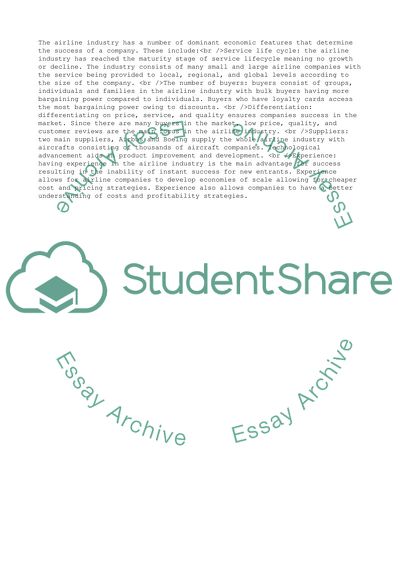Cite this document
(“Air Transat Internal and External Analysis (Aviation Industry) Research Paper”, n.d.)
Retrieved from https://studentshare.org/management/1683485-internal-and-external-analysis-of-air-transat
Retrieved from https://studentshare.org/management/1683485-internal-and-external-analysis-of-air-transat
(Air Transat Internal and External Analysis (Aviation Industry) Research Paper)
https://studentshare.org/management/1683485-internal-and-external-analysis-of-air-transat.
https://studentshare.org/management/1683485-internal-and-external-analysis-of-air-transat.
“Air Transat Internal and External Analysis (Aviation Industry) Research Paper”, n.d. https://studentshare.org/management/1683485-internal-and-external-analysis-of-air-transat.


